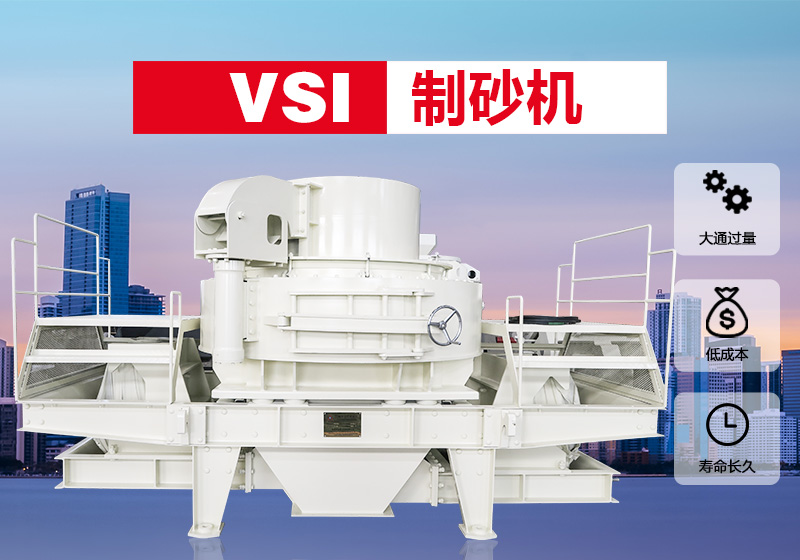Cone crusher is a mechanical equipment that uses a rotating cone to squeeze, shear and bend materials to achieve the purpose of crushing. It is mainly composed of a frame, a transmission device, an eccentric sleeve, a crushing cone (moving cone) and a fixed cone (fixed cone). When working, the motor drives the crushing cone to swing around its axis through the transmission device. The material enters the crushing chamber from the feed port and is crushed by the squeezing, shearing and bending between the moving cone and the fixed cone. The crushed material is discharged through the discharge port.
Cone crusher mainly includes a fixed part and a moving part. The fixed part includes upper and lower flanges, frame, eccentric sleeve, transmission shaft, etc., and the moving part includes moving cone, eccentric shaft, spring, bowl-shaped bearing, etc. When the motor drives the transmission shaft to rotate, the moving cone performs a swinging motion under the action of the eccentric shaft, and the material is squeezed, rubbed and collided between the moving cone and the static cone. The crushed material is discharged through the discharge port to achieve continuous crushing.
1. Coarse crushing link: The cone crusher is mainly used for coarse crushing in the sand and gravel aggregate production line. The mined raw materials are crushed by the cone crusher to meet certain particle size requirements and provide qualified raw materials for the subsequent medium and fine crushing links.
2. Medium and fine crushing link: The cone crusher plays an important role in the medium and fine crushing link of the sand and gravel aggregate production line. Through the continuous crushing of the cone crusher, the particle size of the material is gradually reduced until it meets the requirements of sand and gravel aggregates in concrete and road construction.
3. Shaping sand making link: The cone crusher can also be used in the shaping sand making link. By adjusting the crushing cavity shape and crushing force, sand and gravel aggregates that meet the requirements are produced. The sand and gravel aggregates obtained in the sand shaping process have better particle shape and gradation, which is beneficial to improving the quality and performance of concrete.






 Leave Message
Leave Message Chat Online
Chat Online











